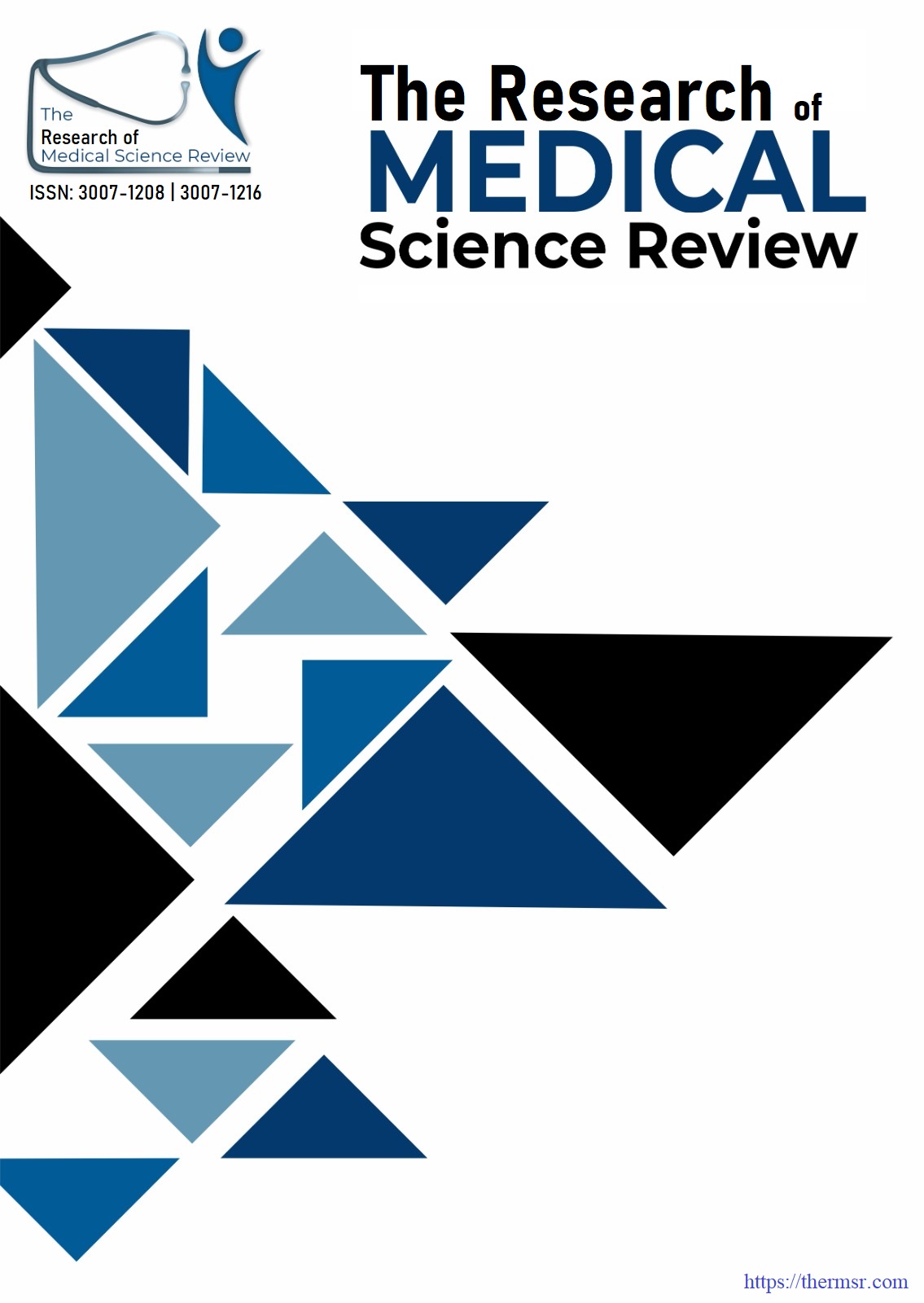COMPARISON OF TIME TO CORD SEPARATION AND FREQUENCY OF OMPHALITIS IN CHLORHEXIDINE CLEANING VERSUS DRY CORD UMBILICAL CORD CARE IN NEWBORNS
Keywords:
Chlorhexidine, Dry Cord Care, Umbilical Cord Separation, Omphalitis, Neonatal Infection, PakistanAbstract
Objectives: To compare the time to cord separation and frequency of omphalitis in chlorhexidine cleaning versus dry umbilical cord care in newborns. Methodology: The study was conducted at Department of Pediatrics Children Hospital and Institute of Child Health Multan from 11th December 2023 to 10th June 2024). A total of 174 neonates were randomly allocated to either the chlorhexidine group or the dry cord care group. Each neonate was followed to assess the time to cord separation and monitored for clinical signs of omphalitis. Demographic variables including gestational age, birth weight of the neonates, gender, and mode of delivery were also documented. Results: A significantly longer mean cord separation time was noted in the chlorhexidine group (8.72 ± 3.55 days) than in the dry care group (6.66 ± 2.67 days) (p < 0.001). The incidence of omphalitis was 5.7% in the chlorhexidine group versus 3.4% in the dry care group, without statistical significance (p = 0.469). Conclusion: Chlorhexidine delays cord separation but does not significantly reduce omphalitis compared to dry care. Dry cord care remains a safe, effective, and time-efficient alternative in hygienic hospital environments.
Downloads
Downloads
Published
Issue
Section
License

This work is licensed under a Creative Commons Attribution-NonCommercial-NoDerivatives 4.0 International License.















